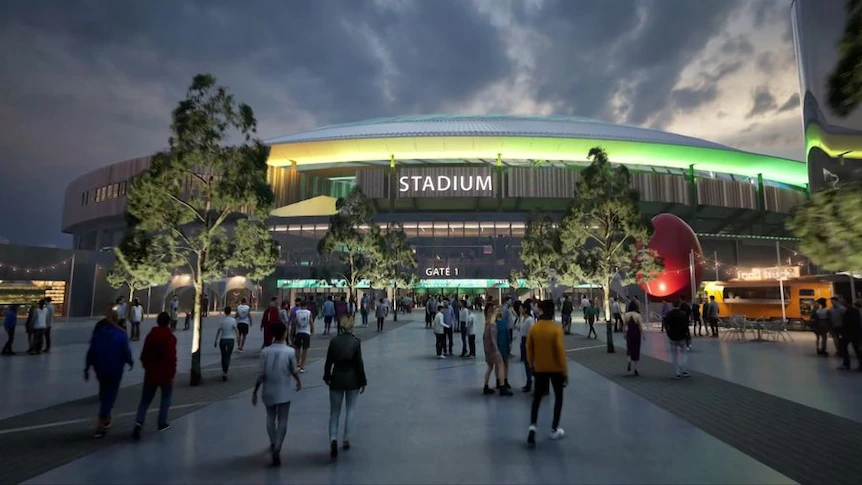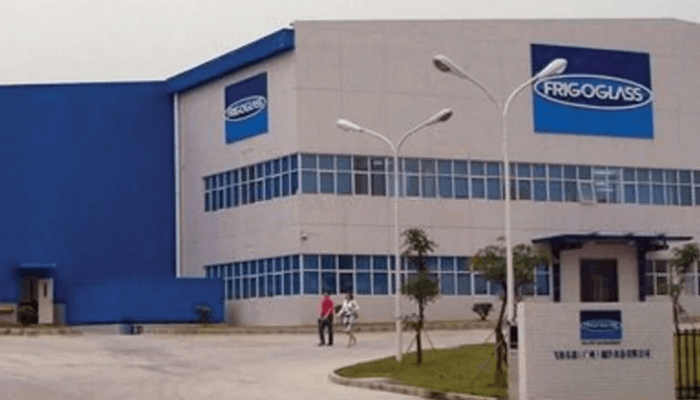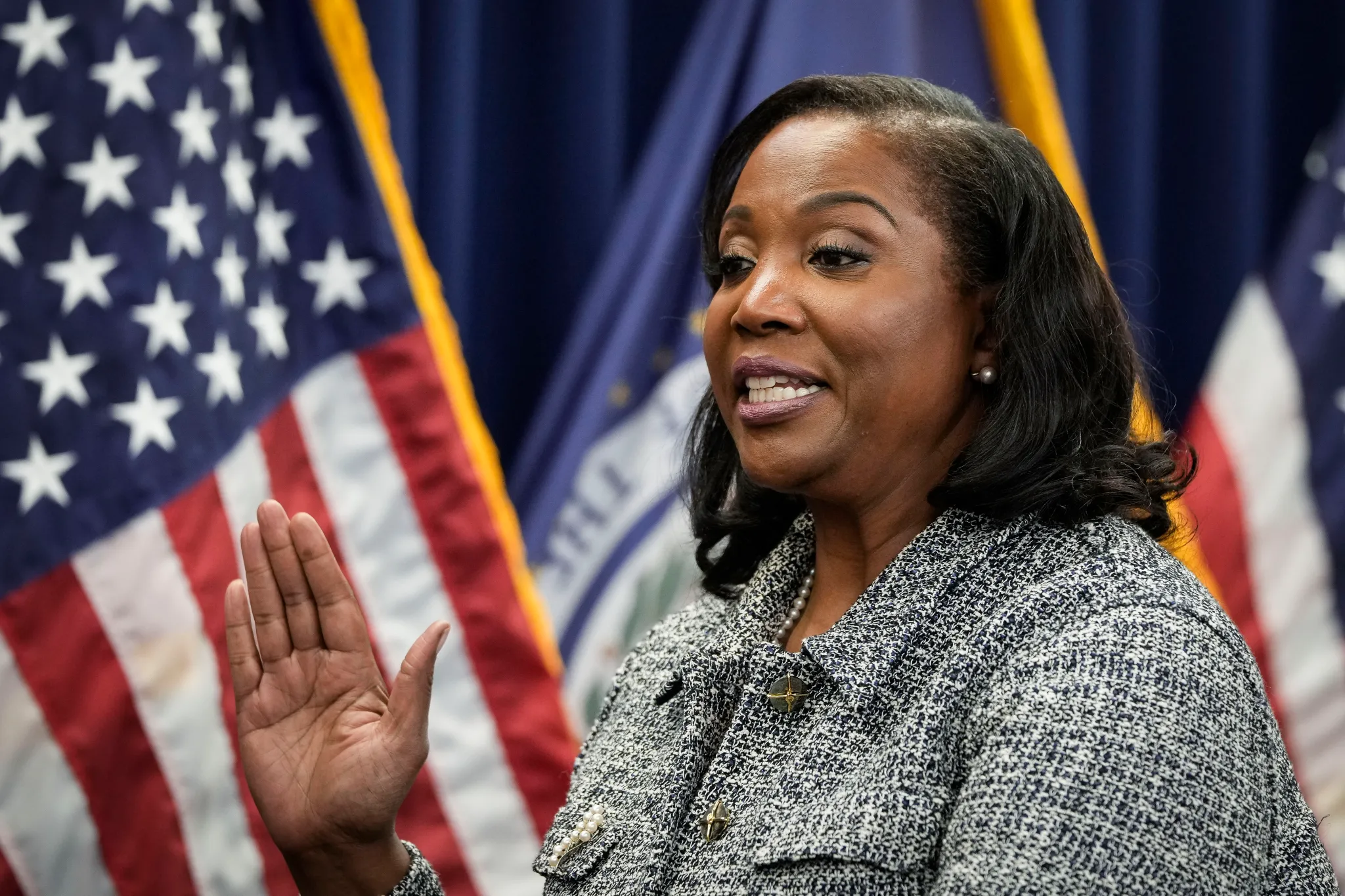By Adam Langenberg
Copyright abc

The issues that led Tasmania’s Planning Commission (TPC) to reject the proposed Hobart AFL stadium are “matters of opinion and choice”, the head of the agency in charge of the contentious development says.
The planning commission on Wednesday recommended the Macquarie Point AFL stadium not proceed, finding the $1 billion-plus stadium planned for Hobart’s waterfront to be too big for the inner-city site, created an isolated precinct that did not fit with the area’s heritage character, and the economic benefits of the development had been overstated.
Macquarie Point Development Corporation (MPDC) chief executive Anne Beach said the report found the project “can be built, developed and operated safely”, and wasn’t deterred by the three key issues that led to the rejection.
“What the report does say is that this project can be built, developed and operated safely.
“We’ve identified proposed conditions to make sure that can happen and it’s really comforting to see the panel isn’t identifying any concerns as to how we might go about that.”
Ms Beach said the report did not properly take into account the social and economic benefits of the project and attributed the full cost of enabling infrastructure, including car parking and access roads, to the stadium.
She argued the concerns about Hobart’s built heritage “comes down to priorities”.
“We can focus on the 19th-Century heritage that is part of Sullivans Cove history and limit the development of this part of Sullivans Cove to that, or we can develop it like we have the rest of Sullivans Cove and have a mixture of modern and heritage developments, with a mixture of uses and sizes,” she said.
Ms Beach said she “wasn’t quite sure” what the commission’s concerns on the development’s size were motivated by, arguing the corporation had demonstrated how crowds could safely move in and out of the facility.
“I understand when you look at a drawing the stadium looks big and it makes everything look small,” she said.
Independent Franklin MP David O’Byrne also argued the planning commission leant on matters of “opinion and argument” to justify its refusal of the project.
He accused the panel of “routinely” disregarding the opinions of experts, and applying “manifestly flawed logic” in assessing the project’s cost/benefit ratio.
He disagreed with the panel’s projections on interstate visitation, by basing it on attendance figures at past games held at Bellerive Oval, and stating the stadium would not contribute to additional conventions and conferences held in the state.
Cost blowout ‘related to delays’
On Wednesday, Premier Jeremy Rockliff revealed the stadium’s price tag had increased to $1.13 billion, up from the last estimate of $945 million, but said the government would plough ahead with the project.
Ms Beach said the additional costs were due to delays in the project, plus an additional amount of contingency set aside in case the cost blew out further.
“Because we haven’t been able to start work, the cost of building is increasing, and that is a fact of all infrastructure and construction projects,” she said.
Ms Beach said she was pushing for operational funding to be included in November’s state budget, estimating construction work could begin 12 months from then.
The Greens and lower house crossbenchers have urged the state government to dump the stadium plan following the planning commission’s report.
The stadium will pass if it has the support of Labor, and three independent upper house MPs.
Greens MLC Cassy O’Connor said the extra cost of the stadium raised further questions about how the state would afford it.
The planning commission found taxes would need to be raised by $50 million a year for the stadium’s 30-year life cycle to pay off the cost of the project, but Mr Rockliff has ruled out increasing taxes to fund the stadium.
“He needs to explain to Tasmanians what services will he cut,” Ms O’Connor said.
“What will he cut out of health, education, housing and other community services, or what will he cut out of necessary infrastructure spends or upgrades?
Mr Rockliff says the cost increases will be funded by borrowings, with the hope they’ll eventually be paid down by private investment in the stadium.
‘A lot of hard questions’, MPDC says
Ms Beach said she was looking forward to the parliamentary debate, and hoped the stadium would become a reality.
“We have a little way to go and there’s going to be a lot of hard questions,” she said.
“We’ve got to get through that parliamentary process, but we will be there to support that and answer those questions and I think that we will see this project come to fruition.”
A roofed, completed Hobart stadium at Macquarie Point is an entry condition for the state’s new AFL team, the Tasmania Devils, into the national league.



